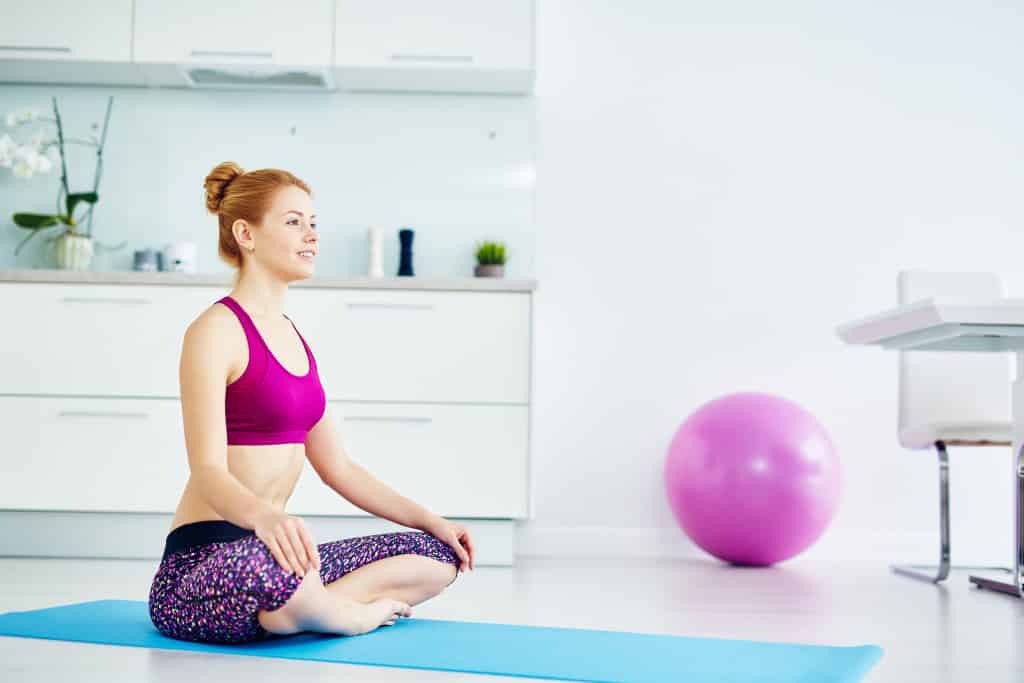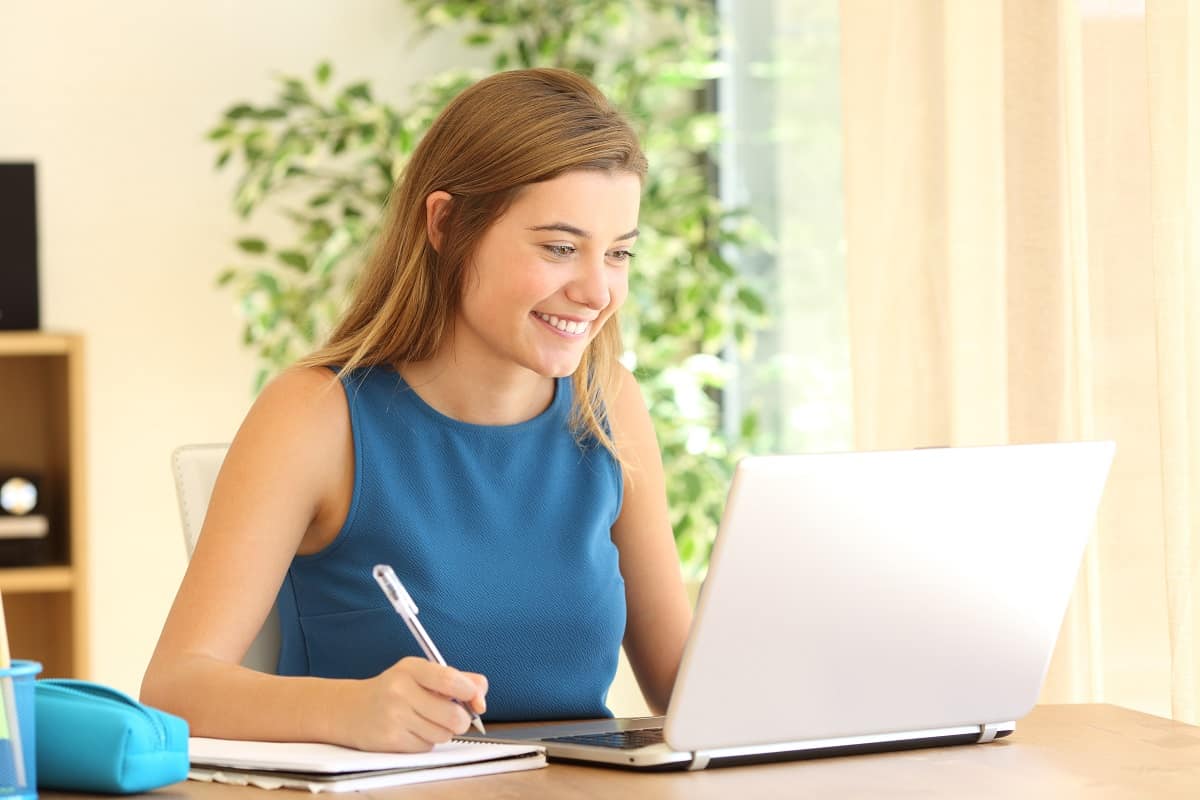When people talk about relaxation, they usually mean binge-watching shows all night or downing a bottle of wine after a stressful day. However, these activities, while fun, do little to mitigate the effects of stress on the body. Relaxation isn’t just a state of mind; it’s a physical response as well. Your breathing slows down, your heart rate lowers, and your mind is cleared of intrusive thoughts. Methods such as meditation and yoga help activate the natural relaxation response in your body.
While you can always go to a private mental health clinic, many popular relaxation techniques can be done in your own time. You can also download mobile apps that will guide you through the process. A quick reminder, though: Strategies that work for others might not work for you. You might want to explore different techniques to find one that fits your needs and wants.
Here are a few relaxation methods to get you started:
1. Breathing exercises
One of the most popular relaxation techniques is deep breathing. In contrast to regular breathing, breathing exercises focus on deep, controlled breathing. It can be done almost anywhere, provides a quick outlet your stress, and takes only a few minutes to learn. Breathing exercises are also a stepping stone to other relaxation methods and is often combined with other methods such as music therapy.
Find a comfortable place to sit and straighten your back. Place your right hand on your belly and the left hand on your chest. Start by breathing in through your nose, as you normally would. The hand on your chest should remain still while the hand on your belly should slowly rise as you breathe. Slowly exhale through your mouth and contract your ab muscles. As you exhale, your belly should begin to deflate. Do this for one to two minutes.
2. Progressive muscle relaxation
This relaxation method entails tightening and systematically relaxing different muscles. Do this long enough, and you will gain an understanding of what stress and relaxation feel like in other parts of your body. This can help you identify the early signs of muscular tension and initiate corrective measures to relieve stress. It’s also combined with breathing exercises for better effect.
3. Guided imagery
Guided imagery, also known as visualization, is a method that asks practitioners to imagine a peaceful scene free of tension and anxiety. It could be any place, as long as it’s calming to them, such as their childhood home, a forest trail, or a rooftop of a building.
Anyone can practice guided imagery on their own or with the help of an audio track or an app. Some people prefer to visualize in silence, while others use sound aid such as white noise or calming music.
Relaxation is something that everyone needs but few know how to perform correctly. With regular practice, you can harness the therapeutic powers of guided relaxation. Start with 15 to 20 minutes of guided relaxation every day. If you’re having difficulty practicing on your own, you can also make use of mobile apps and audio aids.

